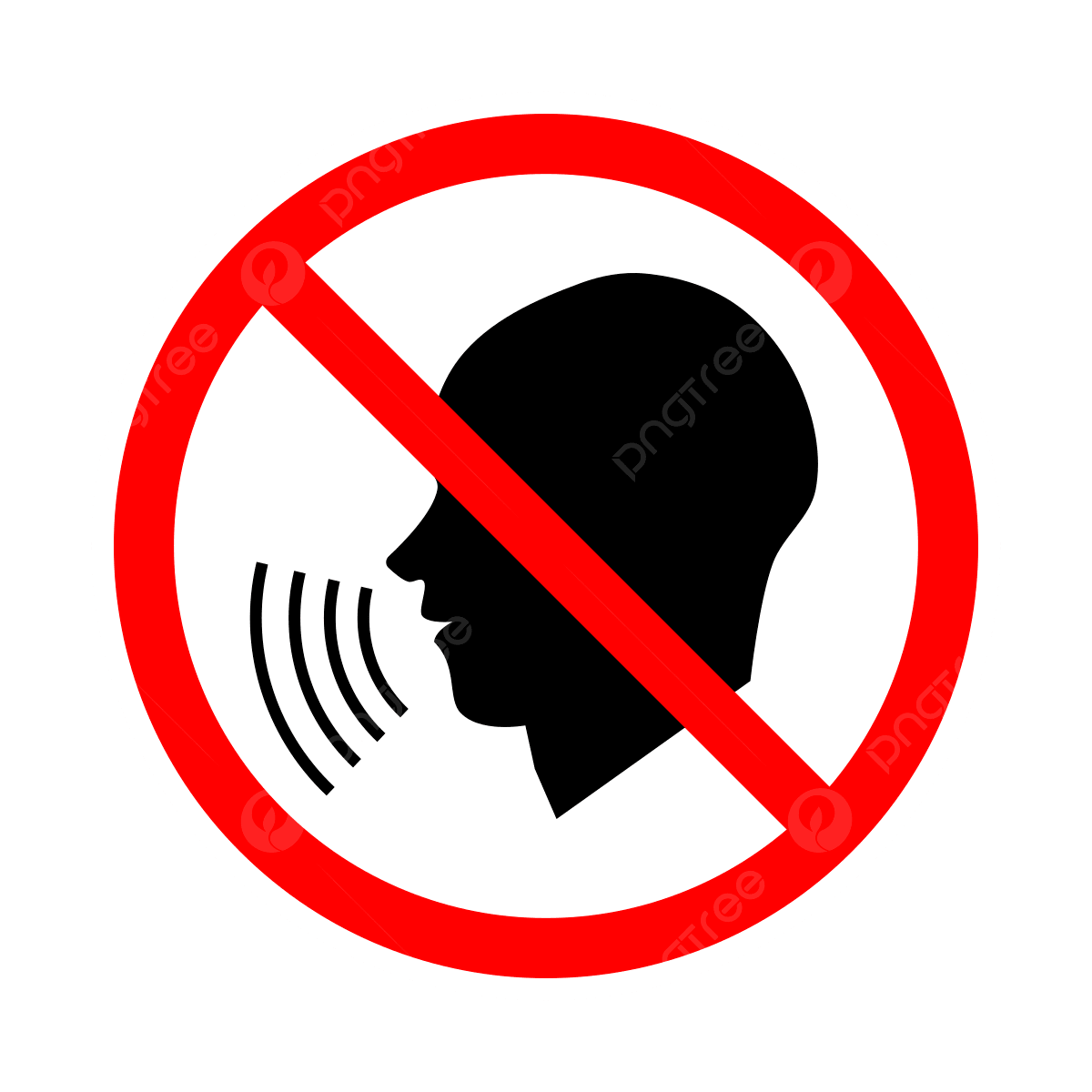The Bahá’í teachings, rich in their philosophical depth, emphasize the importance of communication not just through spoken words, but through nuanced forms of expression, including the art of silent listening and the insightful power of written correspondence. At the core of this discourse is the notion that the act of listening silently can cultivate an environment ripe for understanding and enlightenment. Coupled with the use of letters, which serves as a thoughtful bridge in communication, these elements underscore fundamental principles of the Bahá’í Faith.
Silent listening emerges as a profound technique not merely for communication but as an essential spiritual discipline. In a world often characterized by haste and superficial exchanges, the Bahá’í teachings advocate for the critical practice of earnest listening. Listening silently is not a passive activity; it is an active engagement that requires inner tranquility and the cultivation of attentiveness. This form of listening invites deeper connections, allowing individuals to immerse themselves in the perspectives and emotions of others, thereby fostering empathy and understanding.
The foundations of silent listening within the Bahá’í framework can be traced back to its principles of unity and community. When individuals engage in silent listening, they create a sacred space where dialogue can flourish. This sincere endeavor to understand an interlocutor’s perspective reflects the teachings that underscore unity among people. In the context of Bahá’í gatherings or community events, silent listening becomes a binding thread that reinforces the community’s interconnectedness. Each participant feels valued, leading to a more inclusive atmosphere where diverse opinions can coexist harmoniously.
Moreover, the potency of written communication cannot be overstated in the context of Bahá’í teachings. The written word possesses a timeless quality, allowing thoughts and ideas to transcend temporal barriers. Letters, in their essence, encapsulate the sentiments, aspirations, and philosophies of their authors. The use of letters as a medium fosters a sense of permanence, enabling individuals to articulate their thoughts with deliberation and contemplation.
The technique of using letters also engages the notion of thoughtful expression. In a society increasingly dominated by fleeting conversations and digital exchanges, letters provide an opportunity for substantial engagement. The Bahá’í Faith emphasizes that communication should elevate the spirit, foster understanding, and enhance relationships. A letter can serve as a vessel for conveying profound insights or unwavering encouragement, allowing for deeper reflections that spoken words might fail to capture. When one resolves to communicate through writing, the intention is often encapsulated in a manner that resonates beyond the immediate context.
Instances in which letters have transformed relationships and spurred understanding can be observed throughout history. The letters exchanged by the central figures of the Bahá’í Faith illustrate this principle vividly. The correspondence between Bahá’u’lláh and His followers, as well as those who sought guidance, manifests a profound understanding of the human condition. These letters were not merely informational; they were rich with emotional resonance and spiritual depth.
Furthermore, the act of sending a letter embodies a form of silent listening by allowing the recipient time for reflection. Written correspondence encourages recipients to engage with the ideas presented, ponder their implications, and reflect upon their responses. This process can evoke a sense of calm introspection—a reflective silence that aligns with the essence of silent listening.
Incorporating the practice of silent listening into everyday life aligns seamlessly with the Bahá’í principle of service to humanity. By practicing this art, individuals can better comprehend the dilemmas faced by others, allowing for more effective and compassionate support. Silent listening cultivates an atmosphere where individuals feel empowered to share authentically, thereby enhancing communal bonds. The exercise encourages the emergence of ideas that can lead to collective solutions for shared grievances and aspirations.
The power of silent listening through written communication also extends to conflict resolution. When disagreements arise, the capacity to listen silently can de-escalate tensions and pave the way for constructive dialogue. Writing letters can serve as a mechanism for articulating grievances while simultaneously demonstrating an earnest commitment to understanding the opposing viewpoint. This method encourages patience, allowing individuals to process emotions before engaging in direct conversations.
Bahá’í teachings invite adherents to cultivate harmonious relationships through intentional communication practices. Engaging in silent listening and employing letters as a means of expression allows individuals to honor the dignity of others, reflecting the underlying tenets of respect and compassion. Additionally, it provides a platform for clarity in expressing beliefs, aspirations, and grievances without the immediate pressures often found in verbal exchanges.
In conclusion, the Bahá’í approach to silent listening and the power of using letters enriches human interactions profoundly. It reinforces the call for unity, fostering a deeper understanding among individuals and communities. This dynamic interplay between silent listening and written correspondence invites individuals to reflect, ponder, and engage authentically with the world around them. As Bahá’ís continue to embrace these principles, they not only enhance their own spiritual journeys but also pave the way for more compassionate and understanding societies.
